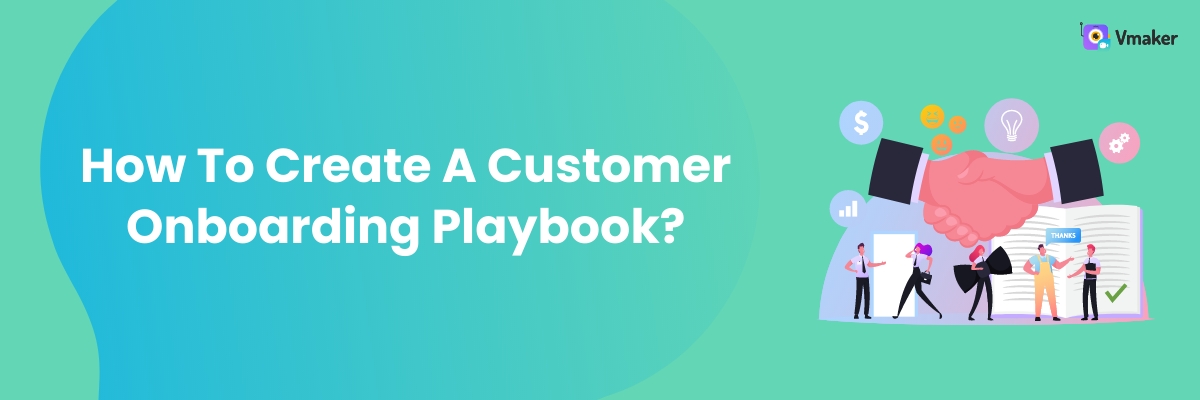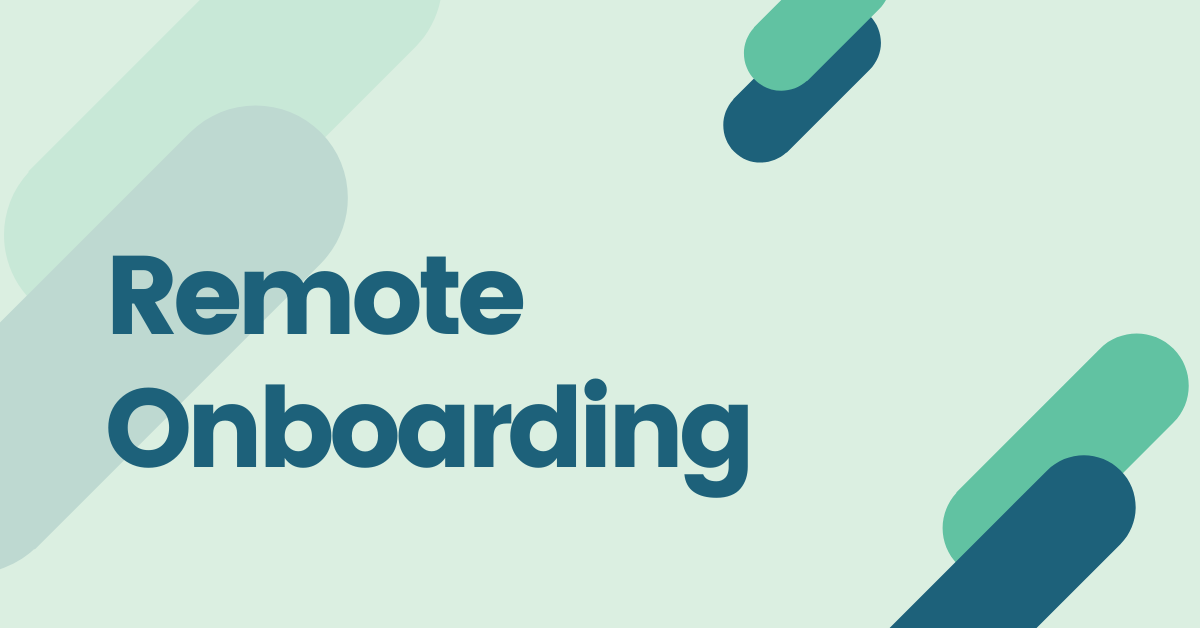Contents
What is a customer onboarding playbook?
What should be included in a customer onboarding playbook?
How to create a customer onboarding playbook?
Asking a customer success manager if they want to improve their customer’s onboarding experience is a rhetorical question. Because the answer is an obvious YES.
Every CSM knows that if they delight customers right during onboarding, the higher are the chances of them sticking with the product. Which ultimately leads to higher potential for upselling and turning customers into brand advocates.
The good news is that customers also feel the same way - 87% believe that companies should be putting in more effort to present a consistent experience to their customers. But, there is a catch.
Improving a customer experience during onboarding is easier said than done. Every business is different, so are the customers. There is no magic formula or a cheat code to excel in the onboarding process, but there is something called customer onboarding playbook.
What is a customer onboarding playbook?
A customer onboarding playbook is a guide. This guide contains steps and actions that have to be performed by the customer success team at different stages of the customer journey. These steps and actions together form a process which repeats for every new customer.
The intention of this process is to handhold the customer throughout their journey - from sign up to becoming a brand advocate. Therefore, the success of this playbook is directly linked to the customer experience at each step.
To design this handbook, a CSM has to know what ingredients they should include that will let their team perform their job in the best way possible.
What should be included in a customer onboarding playbook?
These points will help you to think in the right direction. But, don’t limit yourself to only what’s mentioned here. Discuss these points with your team and seniors. If you think you can add additional points that will add more clarity to the process, then don’t hold back.
Objective - Clearly define what objectives you and your team members are trying to achieve at every step of the customer journey. This will ensure that everyone is on the same plane.
Steps - Mention explicitly what activities a team member should perform in different scenarios.
Milestones - Milestones are like sub-goals within different steps. Once a customer achieves a milestone, a set of events get triggered.
For example, a customer activating their account after signing up can be a milestone in the customer onboarding process. Once a customer does that, the playbook should mention the next set of actions the customer success team should perform. Like sending a screen recording video to the customer showing exactly what they should do next.
Role of a CSM - As you will be overlooking the whole process, it makes sense to define your own set of responsibilities. Your role is going to be more strategic in the whole process. You decide the sequence of emails sent to customers along with the different collaterals shared with them.
Evaluation - To ensure that whatever you have included in a playbook is working out well, it’s recommended that you set certain benchmarks. Comparing the results with the benchmarks will tell you what corrective actions should be taken.
How to create a customer onboarding playbook?
Because you have an idea about what should be included in a playbook, it’s easy to take it ahead from here. This part is about creating a broad structure where you can use the above elements. If an analogy can explain, think of this as the “stage” and the elements as “actors”
Determine the problem
There is no point in coming up with a playbook if there is no challenge in your customer onboarding process. But, like we said in the beginning - every CSM wants to improve their onboarding experience.
Therefore, when you decide to create the onboarding playbook, point out the biggest challenge you’re facing in the onboarding process. For example, customers not logging into their account after activating it.
Once you know the broad challenge, you can dive a little deeper to know the underlying factors. In the above example, if the customers are not willing to check their account, the underlying reasons could be -
- Lack of connect between the product offering and the customer’s needs
- No clarity on what should be done after activating account
- Absence of staff to support customer with the next steps
So now you not just know what the problem is, but also what is causing the problem. You know how this is going to help you? Read the next point.
Set an end objective
The end objective of your customer onboarding playbook should sound like - “My customers should be able to do ____ after ___ days/weeks/months”
Specific, measurable and action oriented - these are the three keywords that you have to keep in mind when setting up your playbook objective. The intention is to keep the objective simple and quantifiable. As opposed to something generic and qualitative like “my customers should be happy.” Isn’t that what every customer success manager wants?
Going with our previous example, your objective should be on the lines of - My customers should log in at least thrice a week after 15 days of engagement with the customer success team.
Define a timeline
A timeline for your playbook is the duration of completing the end objective that you set in the previous step. An onboarding playbook has to be time-bound, otherwise there is no point of creating it. If you keep it open-ended, it can go on forever, reducing the chance of converting new customers to a long-term customer.
The other advantage of defining a timeline is that you can break it down into smaller phases, so that you can concentrate on each activity during the onboarding process. For example, you decide the timeline as 10 days. Within these 10 days, you can allocate 3 days for setting up account, 5 days for 1-to-1 demo calls, and another 2 days for monitoring the results.
With this approach, your team will have complete knowledge of how they want to split their time with the customer. And, it’s not just about meeting the end goal anymore. The approach is more about achieving excellence in each step along the way.
We also recommend that you maintain a project board that follows a Kanban structure. Because with this you can easily identify which customer is in the setting up phase, and how many are in the demo call phase. This will help you especially during those times when there is a lack of manpower to manage the customers.
Monitoring and reporting
So far we have talked about taking a detailed approach while creating a playbook. Chances are that your customers will have a better experience with the product. However, assuming that is tricky.
Therefore, you need metrics that will help you monitor the success of your customer onboarding playbook. There is no mandatory list of metrics as this will depend on the nature of the business and product.
But, we recommend monitoring these metrics or only a few of them, whatever works for you -
i) Time to first value - How much time does it take for your customers to first get value from your product?
ii) Churn rate - Your efforts in improving the onboarding experience should reduce the overall churn rate
iii) Customer engagement score - This metric helps you understand the overall engagement score of your customers according to their interactions with your team.
Start working on your playbook
That’s all we had to share about creating a customer onboarding playbook to present a better customer experience. We recommend that you think over the points above, and discuss with your team.
There are going to be a couple of iterations, but they are for the good. Use them as inputs and work on them accordingly.
Recommended Readings:
5 Simple Steps to Create Customer Service Videos
How to Make a cold sales emails with personalized videos
How Videos Can Help You Offer Personalized Support and Improve Customer Satisfaction!



